
Carolyn Gramling
Earth & Climate Writer
Carolyn Gramling is the Earth & Climate writer at Science News. Previously she worked at Science magazine for six years, both as a reporter covering paleontology and polar science and as the editor of the news in brief section. Before that she was a reporter and editor at EARTH magazine. She has bachelor’s degrees in Geology and European History and a Ph.D. in marine geochemistry from MIT and the Woods Hole Oceanographic Institution. She’s also a former Science News intern.

Trustworthy journalism comes at a price.
Scientists and journalists share a core belief in questioning, observing and verifying to reach the truth. Science News reports on crucial research and discovery across science disciplines. We need your financial support to make it happen – every contribution makes a difference.
All Stories by Carolyn Gramling
-
 Climate
ClimateScientists hope to mimic the most extreme hurricane conditions
A $12.8 million NSF grant is funding the design of a facility that can generate winds of at least 290 kilometers per hour and towering storm surges.
-
 Earth
EarthMachine learning and gravity signals could rapidly detect big earthquakes
Large earthquakes make speed-of-light adjustments to Earth’s gravitational field. Researchers have now trained computers to detect the signals.
-
 Climate
ClimateReplacing some meat with microbial protein could help fight climate change
Just a 20 percent substitution could cut deforestation rates and land-use CO2 emissions by more than half by 2050, a new study suggests.
-
 Paleontology
PaleontologyPterosaurs may have had brightly colored feathers on their heads
The fossil skull of a flying reptile hints that feathers originated about 100 million years earlier than scientists thought.
-
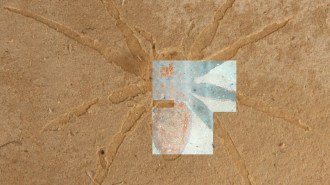 Paleontology
PaleontologyGlowing spider fossils may exist thanks to tiny algae’s goo
Analyzing 22-million-year-old spider fossils from France revealed that they were covered in a tarry black substance that fluoresces.
-
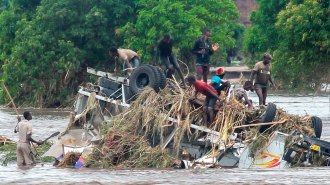 Climate
ClimateClimate change intensified deadly storms in Africa in early 2022
Tropical storms battered southeast Africa in quick succession from January through March, leading to hundreds of deaths and widespread damage.
-
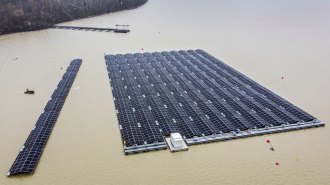 Climate
ClimateA UN report says stopping climate change is possible but action is needed now
We already have a broad array of tools to reduce global greenhouse gas emissions in half by 2030, a new report finds. Now we just have to use them.
-
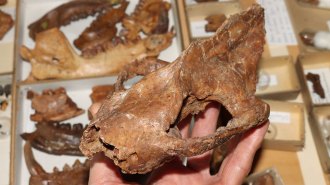 Paleontology
PaleontologyMammals’ bodies outpaced their brains right after the dinosaurs died
Fossils show that mammals’ brains and bodies did not balloon together. The animals’ brains grew bigger later.
-
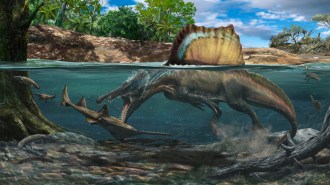 Paleontology
PaleontologySpinosaurus’ dense bones fuel debate over whether some dinosaurs could swim
New evidence that Spinosaurus and its kin hunted underwater won't be the last word on whether some dinosaurs were swimmers.
-
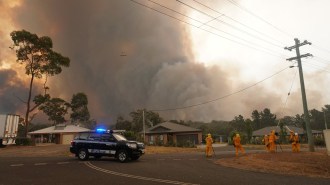 Climate
ClimateSmoke from Australia’s intense fires in 2019 and 2020 damaged the ozone layer
Massive fires like those that raged in Australia in 2019–2020 can eat away at Earth’s protective ozone layer, researchers find.
-
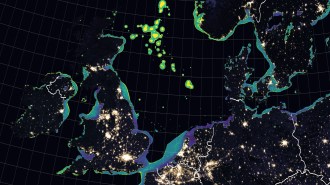 Oceans
OceansEven the sea has light pollution. These new maps show its extent
Coastal cities and offshore development create enough light to potentially alter behavior of tiny organisms dozens of meters below the surface.
-
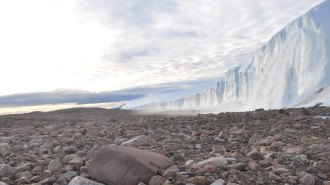 Earth
EarthThe mysterious Hiawatha crater in Greenland is 58 million years old
An impact crater spotted in 2015 in Greenland is far too old to be connected to the Younger Dryas cold snap from 13,000 years ago, a study suggests.